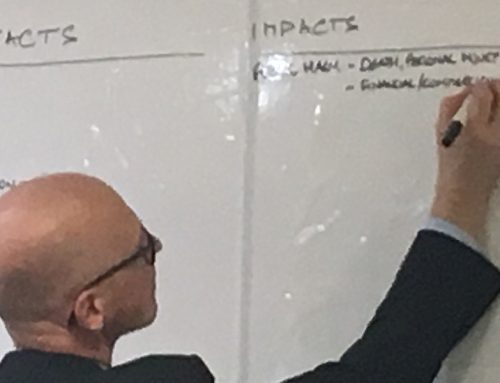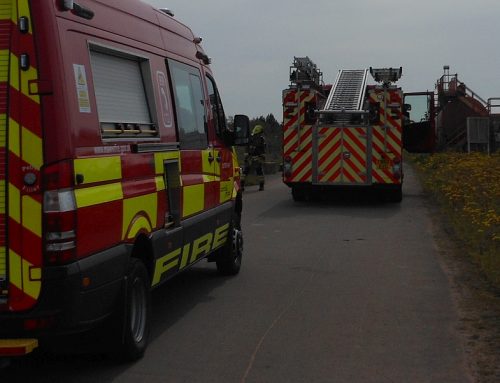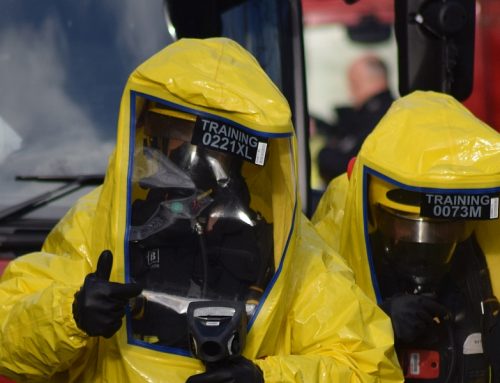A successful tactical-level response relies on an effective Incident Management Team (IMT) leader. The IMT takes a ‘whole-site’ perspective to emergency management – a demanding brief – and the role of leader is pivotal to the outcome. The IMT needs to quickly understand the scale and scope of the emergency, decide on a plan of action, deploy resources, communicate with a range of stakeholders, and so on. On complex manufacturing or processing facilities where significant quantities of hazardous materials are present, this can be particularly challenging as events unfold and risks escalate. Under stressful conditions, defined by time pressure, elevated risks, dynamic situations, high information loading and uncertainty, team performance has been shown to be influenced by the team leader’s effectiveness. The IMT leader’s level of skills in leadership are therefore linked to the likelihood of a successful outcome.
The IMT leader
Managing stress to maintain team performance is a crucial skill. The IMT leader needs to be able to spot the early signs and symptoms of stress such as a narrowing attentional focus or reduced cognitive performance, both in themselves and others. This is not always easy in a fast-moving emergency situation and requires a high level of awareness and responsiveness to their own internal state and also the needs of team members.
The IMT leader needs to be able to adapt and change leadership style in response to rapid developments in emergency situations. They must be able to switch between directive and consultative styles as events unfold and situational demands change. An effective leadership style for managing the IMT includes such characteristics as concise communication, coordinating teamwork, establishing and maintaining team structure, managing team processes and supporting and encouraging involvement.
The IMT leader also needs to be able to monitor, structure and regulate team processes and activities to meet the shifting demands of the emergency situation. They need to quickly analyse information coming from the scene, consider the impact on often complex site processes, make safety-critical decisions to protect their people, plant and equipment, and the environment. All this while remaining calm and in control of an uncertain, dynamic and potentially high-risk situation. No pressure then…
Processes
Fortunately, the IMT can rely on a range of effective processes to support their emergency response. Best practice is to use a secure, auditable, robust process to record the context and rationale for all decisions and actions. This is important for any internal or external investigations after the event. Keeping a record of all communications, both incoming and outgoing, is also vital. Using a communications log helps to keep track of stakeholder communications so no-one gets forgotten. Our range of tools and techniques address all these requirements.
Facilities
We also recommend investment in the physical space the IMT operates in. The best IMT facilities we see on site are dedicated rooms or quickly reconfigurable spaces such as a conference room or boardroom. It seems straightforward, but we often encounter delays during training and exercise sessions due to insufficient facilities, including lack of availability of documentation, up-to-date maps at an appropriate scale, that can be marked up, and a suitable well-supplied operating space.
Contact us
Contact us to discuss how we can help you.





